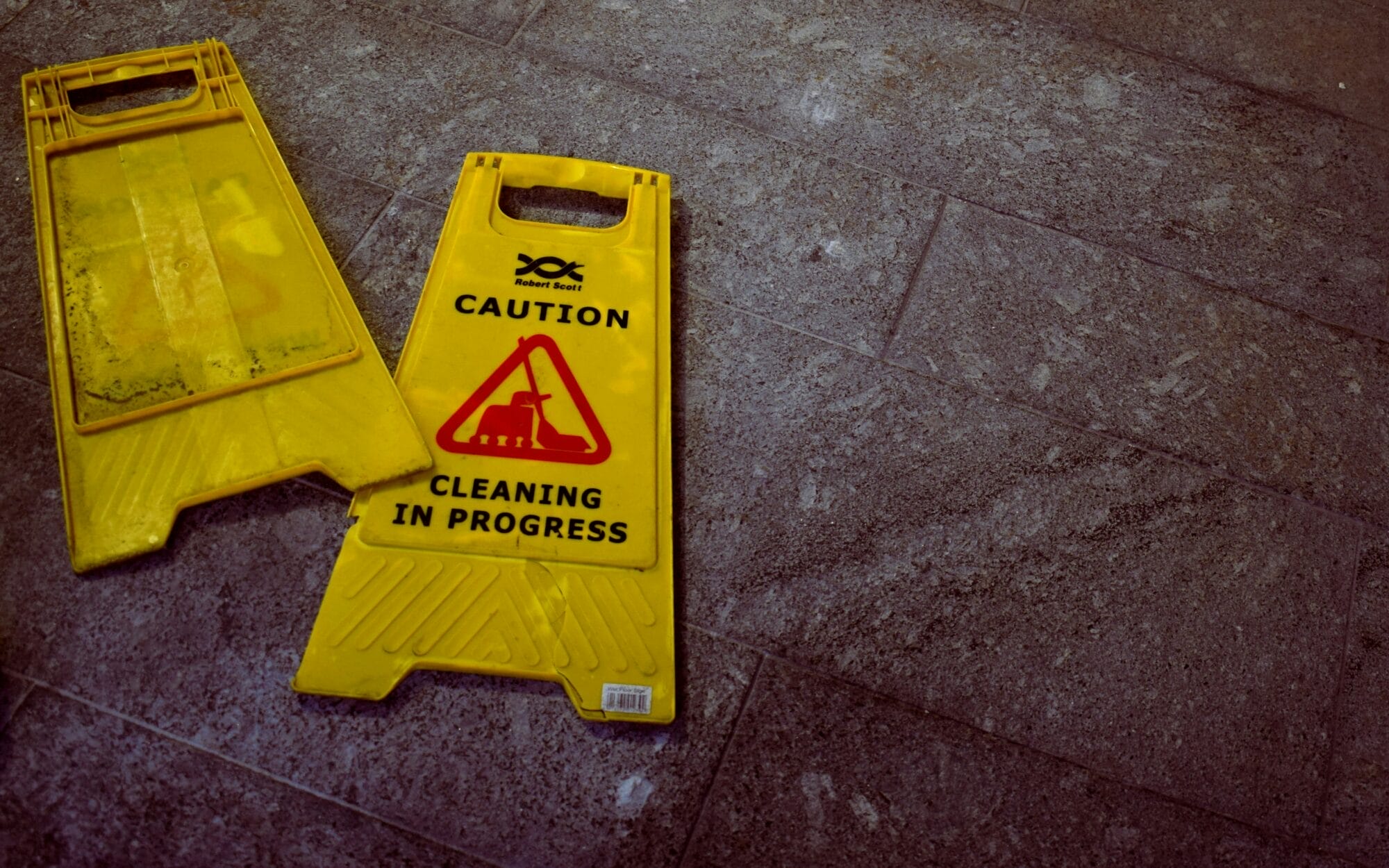Nobody wants to experience an injury while working. It can be distressing enough to have to deal with the physical consequences of the injury, but in many cases, you’ll also have to worry about your inability to work and how that may impact your lifestyle and family.
It’s important to keep in mind that you may be eligible for compensation that can relieve the financial burden of the injury. Virginia operates a worker’s compensation system that provides compensation to workers who have been injured while on the job.
The amount of compensation that you can receive will depend on a variety of factors, including your ability to return to work (based on doctor’s orders) and your permanent disability rating, also known as your impairment rating (IR). It’s important to know about how the permanent disability rating system works and how it may affect your level of compensation.
In this post, we’ll run through a few key details to know about the permanent disability rating system. And remember, if you’ve been injured at work, it’s important to work with a Virginia disability lawyer to ensure you receive maximum conversation.
4 Key Details About the Permanent Disability Rating System
Disability and Impairment Are Different
Disability and impairment might sound the same, but there are a few key differences to be aware of, especially if you’re applying for compensation. If you’ve had an injury at work that resulted in a disability, then you may only temporarily be away from work. A disability, as outlined by the Virginia Workers’ Compensation Act, can be temporary or permanent and results in a loss of earnings. For example, a broken leg would be classed as a disability — it’ll (likely) impact a worker’s ability to work, but only on a temporary basis. Once it’s healed, their doctor will release them to return to work. But sometimes, depending on the severity of the injury, there may be a permanent impairment to the injured body part.
An impairment is different from a disability in that it refers to a permanent injury. There is no recovery from impairment; it’s something that the worker will have to live with for the rest of their lives. However, an impairment doesn’t necessarily mean that the worker cannot fulfill their employment obligations. They may be able to continue working. However, they would still be eligible for compensation.
Under Virginia law impairment can only be assigned to certain body parts and medical conditions. Body parts and medical conditions that can receive an impairment rating are:
- Hand
- Arm
- Foot
- Leg
- Loss of the vision of an eye
- Loss of hearing of an ear
- Thumb
- First finger (index finger)
- Second finger
- Third finger
- Fourth finger (little finger)
- Great toe
- A toe other than a great toe
- Severely marked disfigurement of the body
- The medical condition Pneumoconiosis, including but not limited to silicosis and asbestosis, and the medical condition Byssonisis
Your Disability Rating Is Calculated By a Professional
Your impairment rating reflects the extent of your permanent disability. Indicated by a number, it outlines the percentage by which you have lost the use of the impaired body part.
It’s calculated by a medical professional, who will assess your impairment and make a medically informed judgment about the extent to which you have lost the use of that body part. For example, let’s say you have sustained an injury that has impacted your arm. The medical professional will assess how much range of motion/use has been lost.
Typically an impairment rating is assigned during a Functional Capacity Examination (FCE) at your treating doctor’s request. As part of the FCE the professional completing the exam will assign a percentage loss of use to the body part.
Percentages are given from 0 – 100, with 100% referring to total loss of use of the body part. Assessments are made once the worker has recovered from the injury as much as they can — that is to say, that further treatment will not yield improved results. This is typically referred to as Maximum Medical Improvement (MMI).
You Can Challenge the Rating
Your disability rating isn’t just a number. It will influence how much money you’ll receive. We’ll talk about that later, but for now, let’s just focus on the importance of the rating. If you feel that you’ve been unfairly judged by the medical professional performing the assessment, then you can obtain your own independent disability rating from another medical professional.
It’s best not to do so on your own since navigating this system requires experience. If you feel that your disability rating isn’t what it should be, then get in touch with a Virginia disability lawyer who has relationships with doctors who perform impairment ratings. Here at Renfro & Renfro, we’ve helped countless Virginia workers obtain independent ratings — and compensation — that’s fair.
Your Disability Rating Impacts How Much Money You Receive
Your disability rating will play a role in the calculation that’s used to decide how much compensation you’re eligible to receive. Compensation for your permanent impairment will be based on two factors, your average salary before your injury occurred (your Average Weekly Wage or AWW) and the percentage of impairment assigned to your injured body part. Each body part listed in this article is worth a certain number of weeks of compensation. The maximum number of weeks that can be awarded to each body part (a 100% loss of use) is as follows:
- Hand 150 weeks
- Arm 200 weeks
- Foot 125 weeks
- Leg 175 weeks
- Thumb 60 weeks
- First finger (index finger) 35 weeks
- Second finger 30 weeks
- Third finger 20 weeks
- Fourth finger (little finger) 15 weeks
- Great toe 30 weeks
- A toe other than a great toe 10 weeks
- Loss of the vision of an eye 100 weeks
- Loss of hearing of an ear 50 weeks
- Marked disfigurement of the body 60 weeks
- Pneumoconiosis, including but not limited to silicosis and asbestosis, in the
- First stage 50 weeks
- Second stage 100 weeks
- Third stage 300 weeks
- Byssinosis 50 weeks
To calculate the amount you would be entitled to you would take the total number of weeks for the body part multiplied by the percentage loss of use assigned to your body part. For example, if you have a 10% impairment rating to your leg (175 weeks max), you would be entitled to 17.5 weeks of compensation.
175 weeks
x__.10_(10%)
17.5 weeks
Your permanent impairment is only one factor used to determine how much compensation you are entitled to in your case, and it is an important one. That’s why it’s highly important to make sure that the rating is correct. Importantly, if you suffer permanent impairment to two of the listed body parts you may be entitled to Permanent Total Incapacity. Even if you feel that your disability rating is correct, it’s recommended to work with a worker’s compensation lawyer to maximize the compensation you are entitled to in your case.
Work With an Experienced Virginia Workers’ Compensation Attorney Today
If you’ve suffered an injury on the job, then don’t hesitate to get in touch with our team here at Renfro & Renfro. Our team of experienced Worker’s Compensation lawyers are available to help you navigate your compensation claim, resulting in the best possible outcome for you and your loved ones. Contact us today to find out how we can help you.






